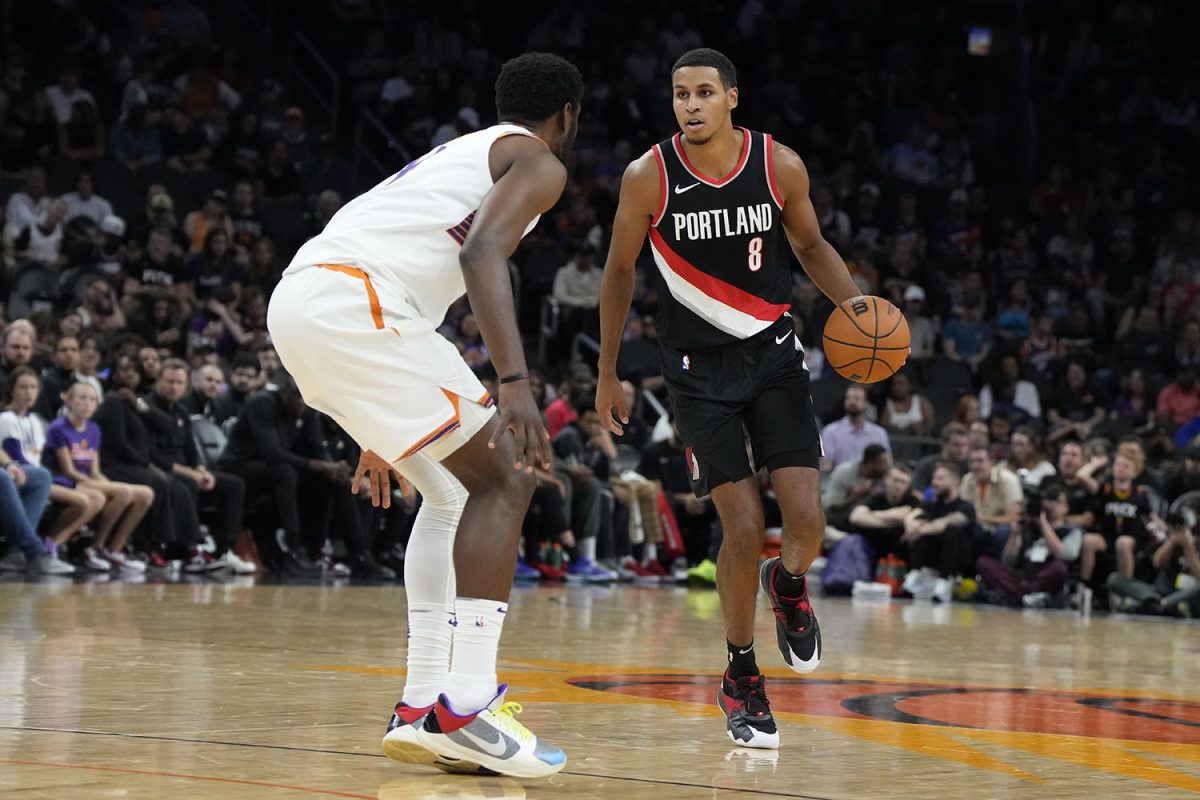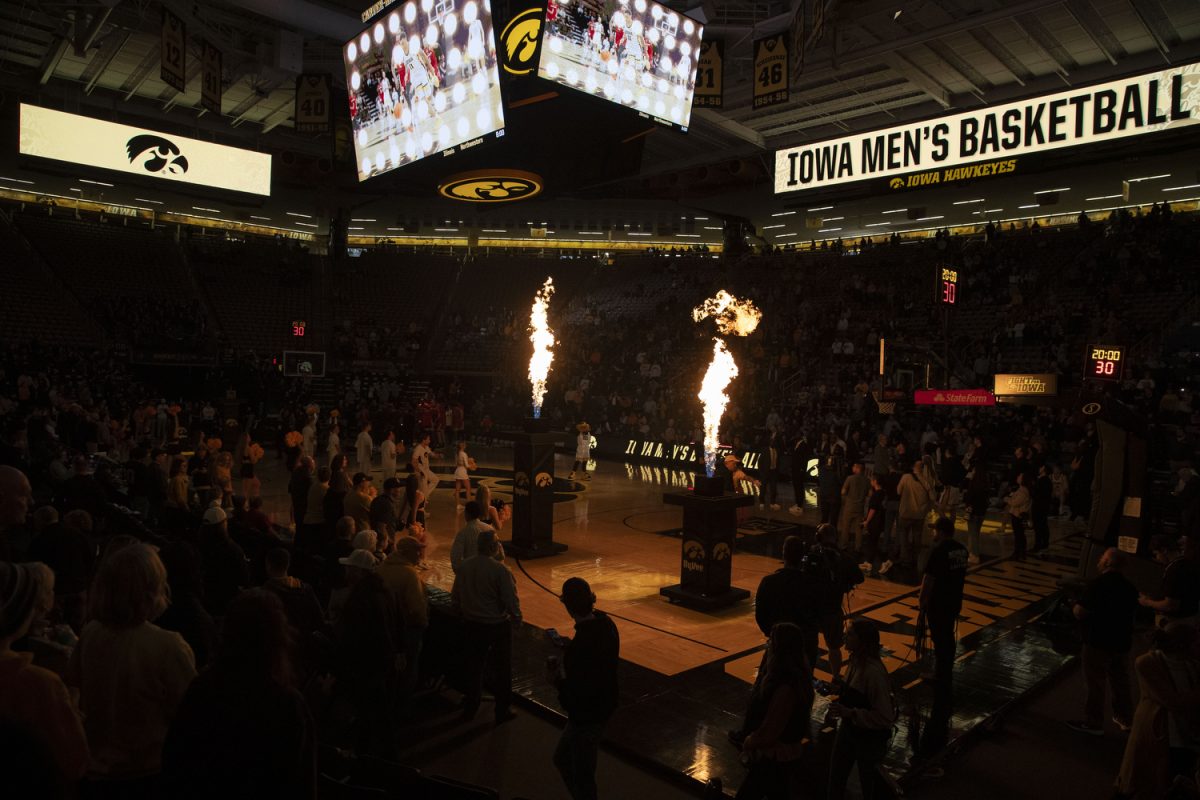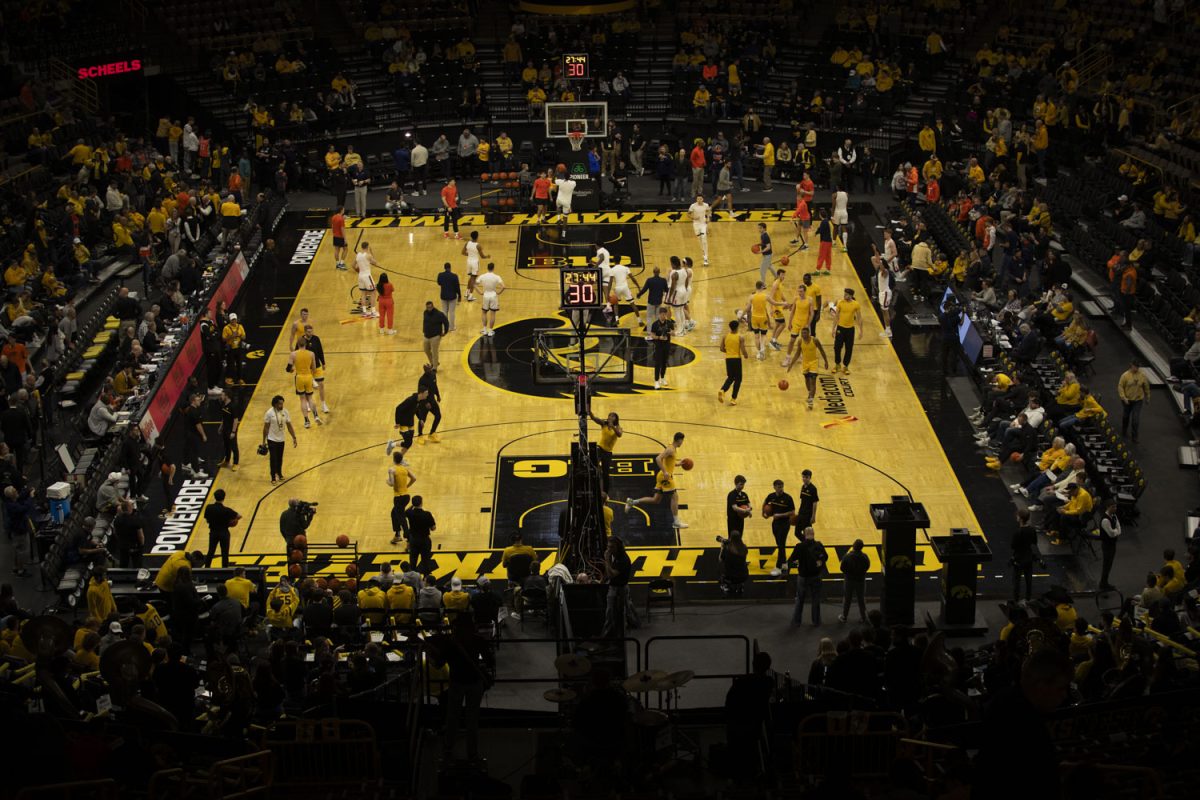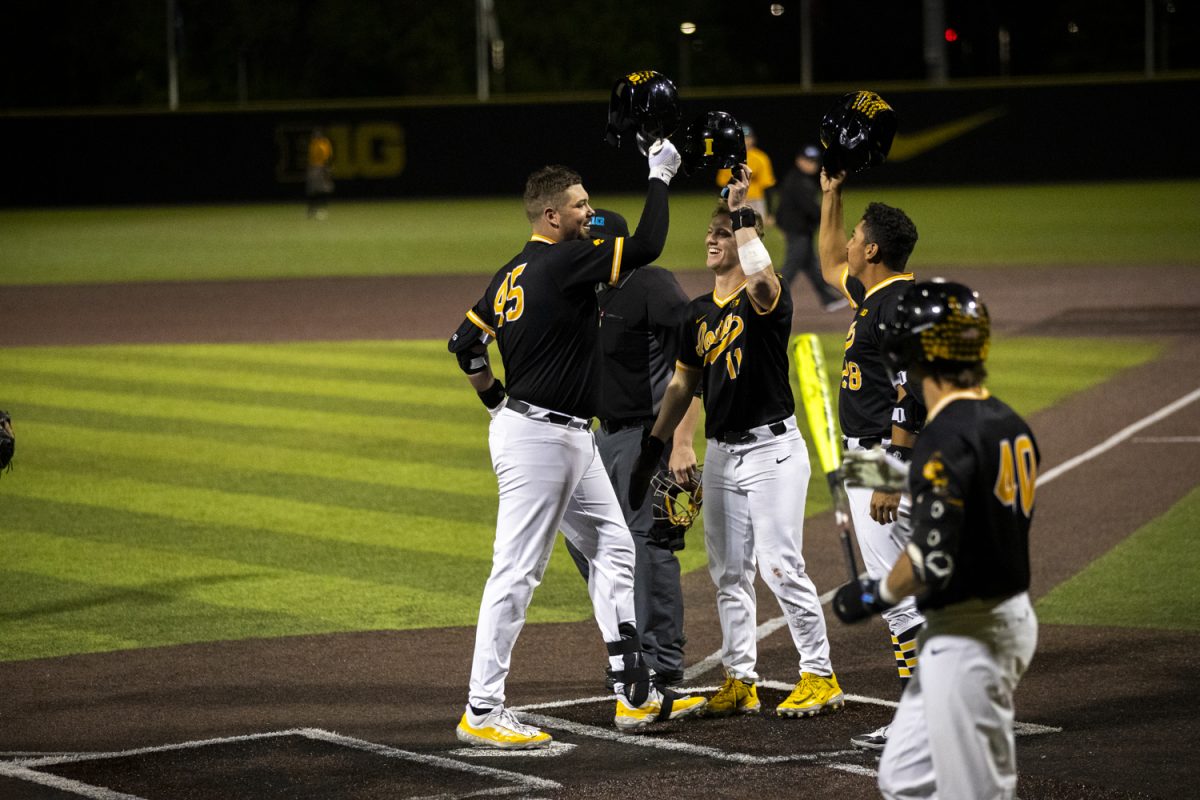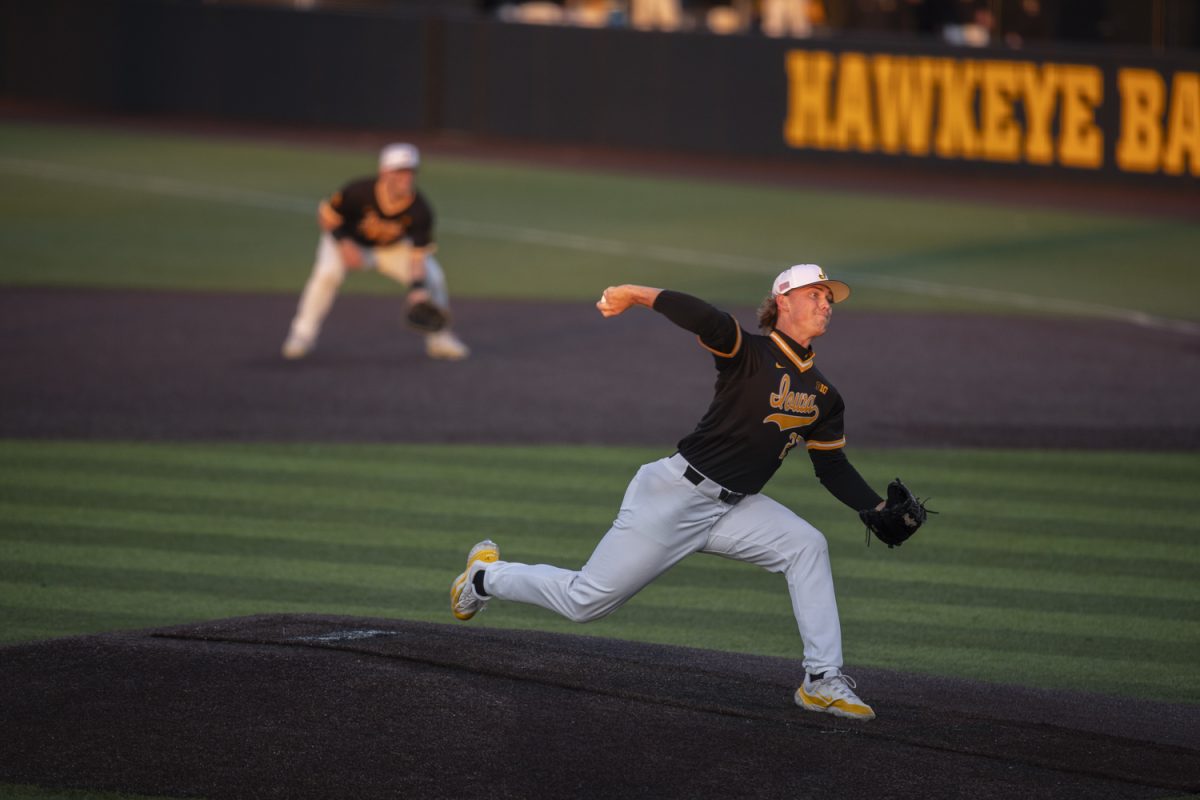The NCAA is thinking about making the transfer requirements less strict, worrying college coaches.
By Sean Bock
[email protected]
On Sept. 6, Andrew Slater of 247 Sports released a report that said the NCAA is contemplating a rule in which Division 1 athletes would be allowed to transfer one time and begin playing right away if they meet particular academic requirements.
In the article, Slater wrote: “An academic transfer standard for all students that would tie one-time immediate eligibility for competition after transfer to a set of academic benchmarks instead of to in what sport the student-athlete competes.”
So, let me get this straight.
The NCAA is allowing college athletes to leave their program and play wherever they want right away?
If players want to leave programs because they don’t get along with a coach, don’t like the school, or don’t gel with their teammates, that’s an entirely different case. They sit out one year and pay the price of transferring.
But with this rule, the NCAA is saying, “Oh, you don’t like the school? OK, you can leave and not face any consequences.”
Now, that’s fine. I get it. There are still cases like that in today’s world, but this is where this proposed law could get out of hand.
Say an underrated high-school recruit goes to a mid-major school his freshman season.
The player becomes a stud, completely dominates non-Power 5 competition, and starts to attract the likes of high-major programs.
After playing one year of college ball, the player has the option of staying at a lower-tier school and dominating opponents, or join a blueblood like Kentucky, Duke, or North Carolina for the national exposure and be eligible immediately.
While this may benefit Power 5 schools, this could be the end of mid-major programs as we know it.
For example, Alec Peters was an unranked recruit heading into his freshman season at Valparaiso. Over the course of his four years at Valpo, Peters developed into one of the best scorers in college basketball.
By the end of his junior year, Peters had the option to play a graduate-transfer year at a high-profile school but decided to stay at Valpo for his final season.
Imagine being a mid-major program and finding a diamond in the rough. You build your program around this athlete, and after a great regular season, boom, he’s gone.
As many college basketball experts have said, every interaction with this player or players turn into a recruiting pitch.
Every high-school recruit who isn’t good enough to play high-major Division-1 basketball will automatically have a vision in his mind to transfer after he proves himself.
Players are not going to care where they play to start their college careers, but they’ll worry about where they’ll play their college ball after their freshman year.
In a study by Eli Boettger of the Athletic Director U, “Nearly 60 percent of transfers, instead of joining other D-1 teams, have left D-1 basketball completely since the 2012 off-season.”
Of the 4,360 transfers in Division-1 basketball since 2012, only 375 have transferred up, meaning they went from a lower conference to a higher-prestige conference.
That said, roughly 8.6 percent of all college basketball transfers in the transfer-epidemic era since 2012 have left for a high-level program.
There are different cases for transferring, such as a family issue or something along those lines. I completely understand that.
But the idea of a player being poached from a program and essentially being a free agent after the season is a scary thought.
It’s a flawed rule that should not be structured in a way to make it acceptable.
It’s unfair to the players, it’s unfair to the programs, and it’s unfair to the fans.
Although the NCAA has made it clear — “it’s still just an idea, and it wouldn’t be proposed until next year” — there’s still plenty of concern around college athletics that could make this possible rule dangerous.




